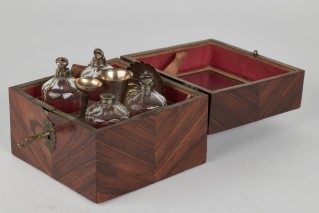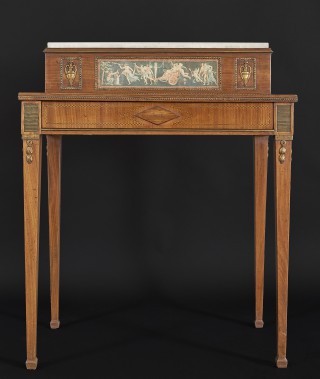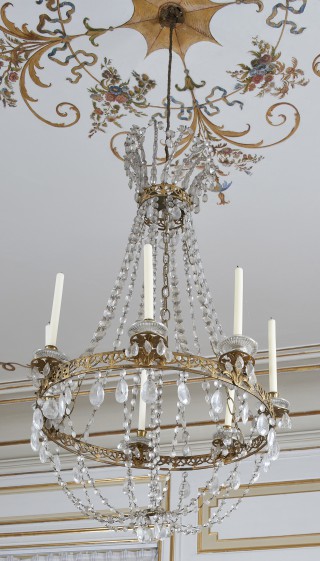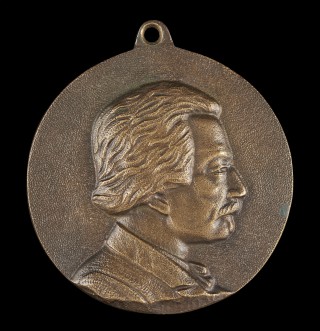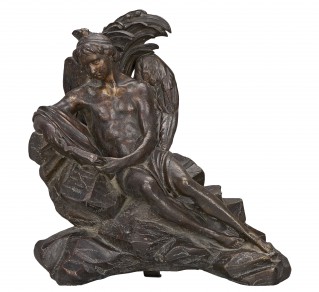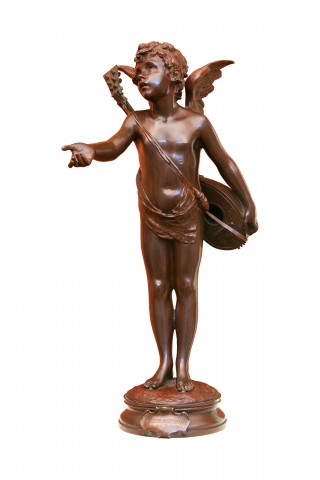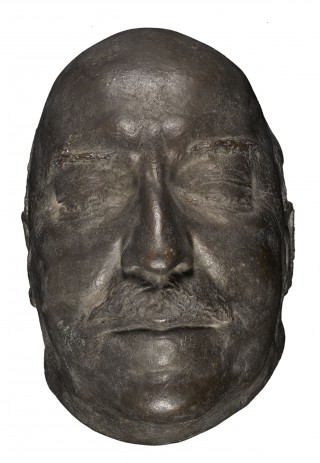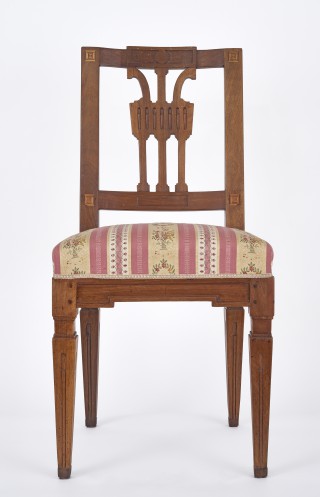Anne Duc de Joyeuse
- Date
- 1582
- Object type
- painting
- Technique
- gouache
- Material
- beech , bone, parchment
- Dimensions
- 24,0 x 17,8 cm
- Acquisition date
- 1793
- Location
- The Palace on the Isle - Picture Gallery, ground floor
- Marks and inscriptions
- inscribed Sr: Francis. Bacon. Lord/ Keeper and afterwards/ Lord. Chancellor of/ England, 1617 top left
- Place of Origin
- France (Europe)
- Owner
- The Royal Łazienki
- Museum number
- ŁKr 940
This miniature depicting Anne de Batarnay, Duc de Joyeuse (1560–87), admiral, participant in the French religious wars, favourite of Henri III de Valois, was put up for auction on 3 December 1783 at the posthumous sale of Jean de Sénac’s collection in Paris, as the work of an anonymous artist. …
Unfortunately, we do not know when and from whom the portrait of the Duc de Joyeuse was acquired for the Stanisław August collection. …
The oval miniature depicting the head (with a small fragment of the bust) of de Joyeuse, executed in gouache on pergamin, is glued onto a rectangular beech panel on which was painted the figure of the sitter, shown in an interior; on the left, on the marble flooring, is the date 1582, illusionistically engraved on a stone plaque. The miniature bust is a fine work of art. The head faithfully repeats the beautifully drawn likeness in the Bibliothèque Nationale in Paris … made undoubtedly from life, in c. 1580, by an anonymous artist, with whom a group of several paintings can be linked, described in French literature as ‘peintre de Joyeuse’ … .
The figure—without doubt by a hand other than the one which painted the masterful depiction of the head and shoulders—is almost identical to that in a watercolour portrait of the duke made in c. 1689–1711 by Louis Boudan and commissioned by François-Roger de Gaignières, historian and collector, for a series of French historical costumes … .
If, however, after Krystyna Secomska, we accept that the part painted on panel dates from the 4th quarter of the 16th century, we might consider whether it may have been the prototype for Boudan’s watercolour (with Boudan changing the background colour to white and omitting the characteristic motif in French portraits dating from the end of the 16th and early 17th centuries—the drapery, framing the sitter on either side). … [D. Juszczak, H. Małachowicz, The Stanisław August Collection of Paintings at the Royal Łazienki. Catalogue, Royal Łazienki Museum, Warsaw 2016, no. 121, pp. 440–443.]




